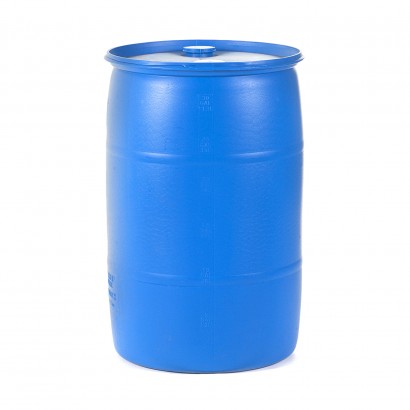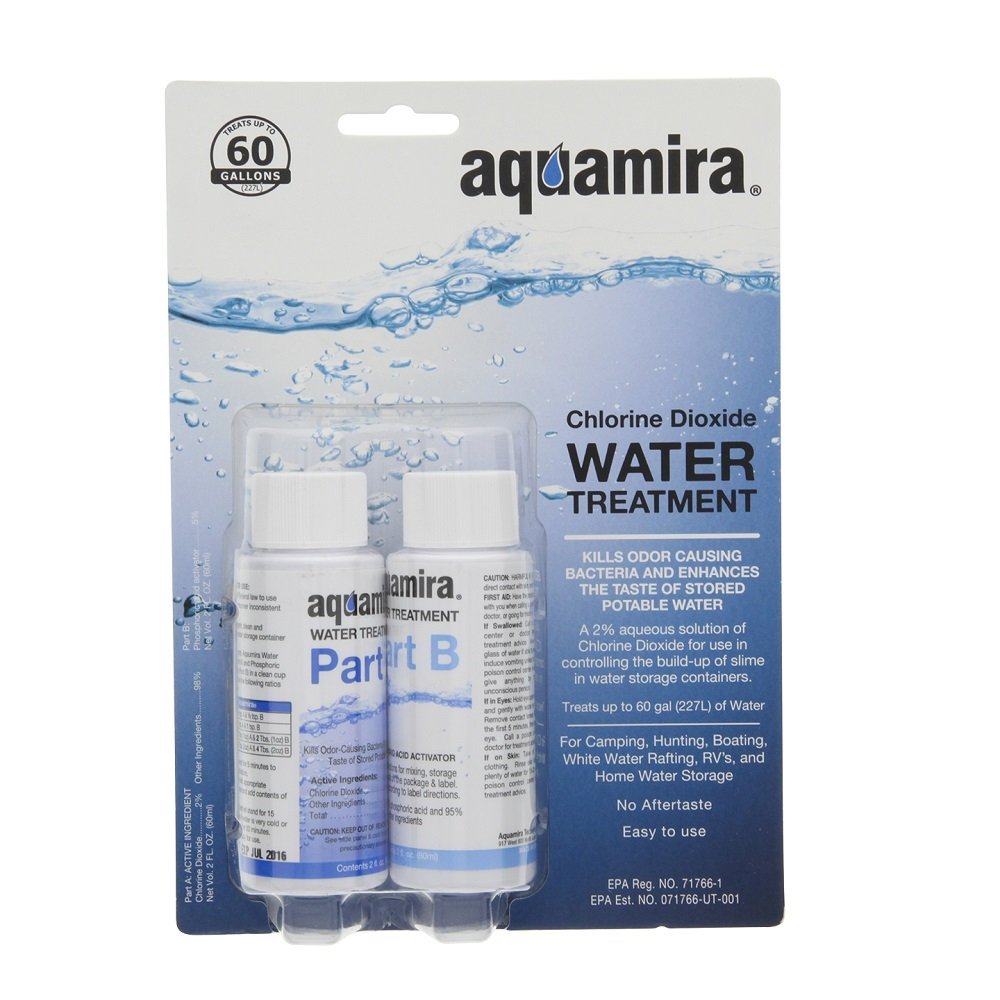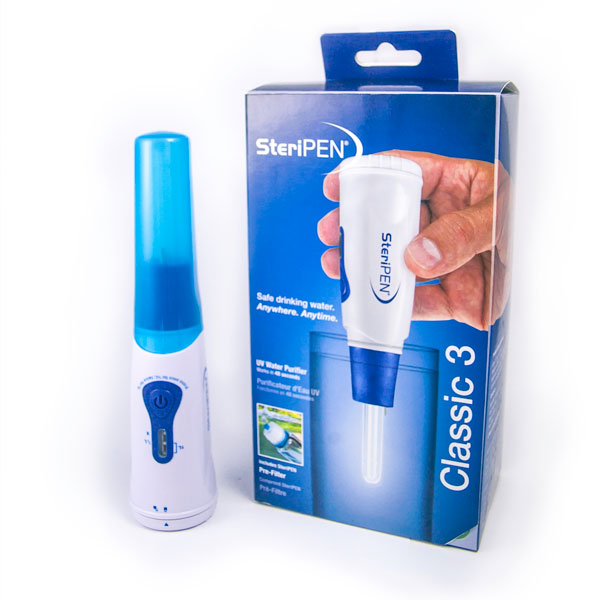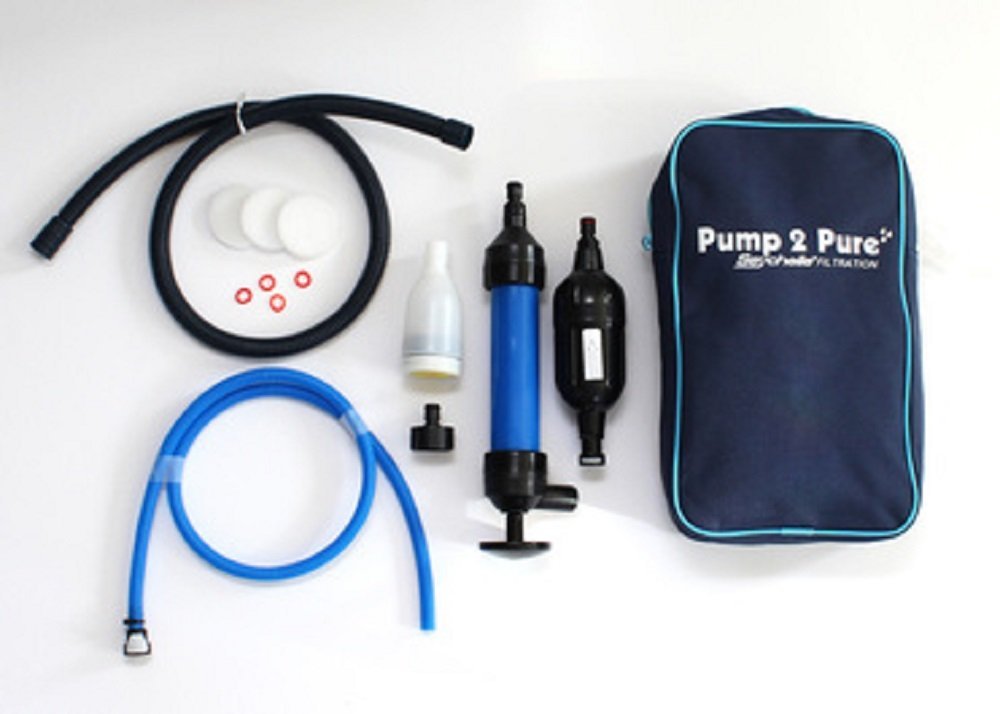WATER
Potable water is one of the very most important components of your survival gear. You can survive for weeks on little or no food, but the same is definitely not true of water. Whether you are in the outback or at home, having a sufficient supply of water is critical. On the trail, our water supply is not meant to just be sufficient for our foreseeable needs, but large enough to accommodate unforeseen needs. The deeper we travel into the wilderness, the more we need to search for ways to resupply in the event that our water reserves run low.
At home the same principals apply. The type of situations for which you will need to be prepared, is changing somewhat. We still need to prepare for the old favorites, like earthquakes, tornadoes, hurricanes, floods, and the like, but changing times mean that we need to consider preparations for some additional serious emergencies. Regardless of the emergency, water is still at the top of the list.
There are (at least) 3 means to make sure that you have sufficient water:
- 1. Store water in containers (barrels) that are specifically made for this purpose
2. Your water heater
3. External water sources, such as lakes, streams, springs, wells, etc.) In the larger cities, you can just about forget this option all together!.
There are a few other options which deserve to be mentioned, like rain water cisterns, pools and spas. These options come with some very special potential problems, and you will probably need to treat or filter it before it is potable.
Every one of these sources of water requires pre-planning. In addition to having an adequate supply of water, your prepping should include some means to filter and/or treat your water. Here are some suggestions on how to be prepared:
Storage containers
There are many types and sources of water containers, but make sure that the container is constructed with a material that will not add any contaminants to your supply. Today the selection of a suitable water container is huge and the large variety of sizes makes it easy to find a place where you can store your supply.. The company, "Emergency Essentials", carries a large assortment of containers, from 15 to 320 gallons (
http://beprepared.com/water-storage/bar ... tanks.html.)
This is just one example of the available containers (30 gallons). From the Emergency Essential website :

- Water Storage 30 G.jpg (15.46 KiB) Viewed 1302 times
Water treatment
If there is any doubt as to the potability of the water your have stored, or if you are taking water from a source other than your containers, a water filter and/or treatment system is a must. Emergency Essential sells Aquamira Water treatment drops which can treat up to 30 gallons of water. This is from the EE website:
Aquamira Water Treatment drops utilize chlorine dioxide to kill bacteria, as well as improve the taste of treated water. These bottles are small and have a long shelf life, making them ideal for anyone, anytime, and anywhere. The Aquamira Water Treatment drops leaves your water clear, unlike some other treatments, such as iodine. Effective in all kinds of water conditions - warm and cold, clear and muddy - these water treatment drops will treat up to 30 gallons of water.

- Water Treatment.jpg (110.39 KiB) Viewed 1302 times
In addition to the chemical treatment of water, to kill bacteria and viruses, devices that use UV light can also perform the same task. The Steri-Pen is one such device and is perfect for vehicle use, emergency home use or camp.

- Steri-Pen.jpg (50.61 KiB) Viewed 1297 times
Water Purifiers
A water purifier and a water filter are not necessarily the same. For the purposes of this general discussion however, I will treat them the same, but before you buy, you should do your homework to determine which is right for your needs. While we have discussed the Pump To Pure water purifier previously, it bears an additional mention, as it comes with a unique attachment that allows it to be connected to your water heater, thereby allowing you to make use of this ready source of water that almost everyone possesses.

- Saychelle Pump To Pure.jpg (59.73 KiB) Viewed 1297 times
Unique water storage ideas
The rain water cistern has a lot of benefits - 1. the rainwater you store is free (the government hasn't found a way, yet, to tax this), 2. the amount you can collect can be substantial, 3. there are several companies that make the components for a cistern, 4. if stored underground, it is not visible to others and takes up no room in your yard, and 5. it can considerably extend your survival time. One additional benefit that may be available, is the ability to supply water for showers, hand washing, and toilet use (assuming your sewer system has not been damaged).
Rain Harvest Systems is one company that makes cistern systems for residential rainwater collection (
http://www.rainharvest.com/rain-harvesting.html.)
One example of an underground tank is the Graf Carat S 700 Gallon Cistern (
http://www.rainharvest.com/graf-carat-s ... istern.asp)